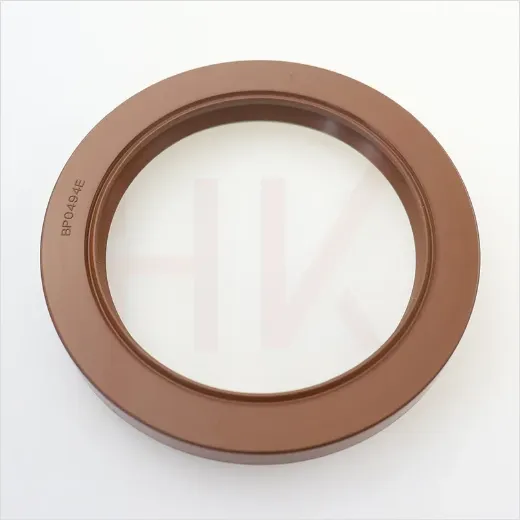Sep . 05, 2024 10:18 Back to list
wiper seal types
Understanding Wiper Seal Types An Essential Guide
Wiper seals are vital components in various mechanical systems, especially in hydraulic and pneumatic applications. They serve to prevent the ingress of dirt and contaminants while retaining lubricants, ensuring optimal performance and longevity of equipment. This article will explore the different types of wiper seals, their applications, and key considerations in selecting the right type for your projects.
Types of Wiper Seals
1. U-Cup Wiper Seals U-cup seals are popular in hydraulic applications. They are designed in a shape resembling the letter U, allowing them to effectively wipe away contaminants as the rod or shaft moves in and out. Their simple design and ease of installation make them a favored choice for many engineers.
2. V-Ring Wiper Seals V-ring seals are flexible and versatile, designed to fit over a shaft and provide reliable sealing. Their unique “V” shape allows them to accommodate radial and axial deviations, making them ideal for dynamic applications where movement is expected. They are commonly used in situations with varying loads and speeds.
3. Lip Seals Lip seals, or radial seals, are designed with one or more lips that create a contact seal against a rotating shaft. These seals are effective at retaining lubrication while preventing contamination. Their design makes them suitable for applications that require robust sealing against fluids and solids, including in automotive and industrial machinery.
4. Flat Wiper Seals These seals are typically composed of elastomers or advanced materials and are used in low-pressure systems. Their main function is to wipe away contaminants from the surface of the rod or shaft. Flat wiper seals are best suited for applications where space constraints are a concern.
wiper seal types

5. Specialty Wiper Seals There are also wiper seals designed for specific applications, such as high-temperature or chemical-resistant environments. These seals are manufactured from specialized materials to withstand extreme conditions, ensuring durability and reliability.
Key Considerations for Selection
When choosing wiper seals, several factors must be considered to ensure optimal performance
- Compatibility Ensure that the seal material is compatible with the fluids and operating conditions of the application. Common materials include nitrile, polyurethane, and silicone.
- Operating Environment Assess the environmental conditions, such as temperature fluctuations, exposure to chemicals, and potential debris. This influences the type of wiper seal that should be selected.
- Dynamic vs. Static Identify whether the application involves static or dynamic movements. This will determine the appropriate design and type of seal for effective sealing.
In summary, understanding the various types of wiper seals and their applications is crucial for selecting the right component for your needs. By considering compatibility, operating environments, and the nature of movement in your systems, you can ensure increased efficiency and prolonged equipment life.
-
Wiper Oil Seal: Our Commitment to Clean Hydraulics
NewsAug.13,2025
-
Hydraulic Oil Seal for Self Discharging Cars
NewsAug.13,2025
-
Hub Oil Seal for Agricultural Tractor Hubs
NewsAug.13,2025
-
Skeleton Oil Seal with NBR Material
NewsAug.13,2025
-
Rotary Lip Seal for High Pressure Applications
NewsAug.13,2025
-
Cylinder Seal Kits Our Legacy of Hydraulic Trust
NewsAug.13,2025
-
Unlocking the Potential of Hydraulic Systems with Essential Sealing Solutions
NewsAug.06,2025
Products categories
















